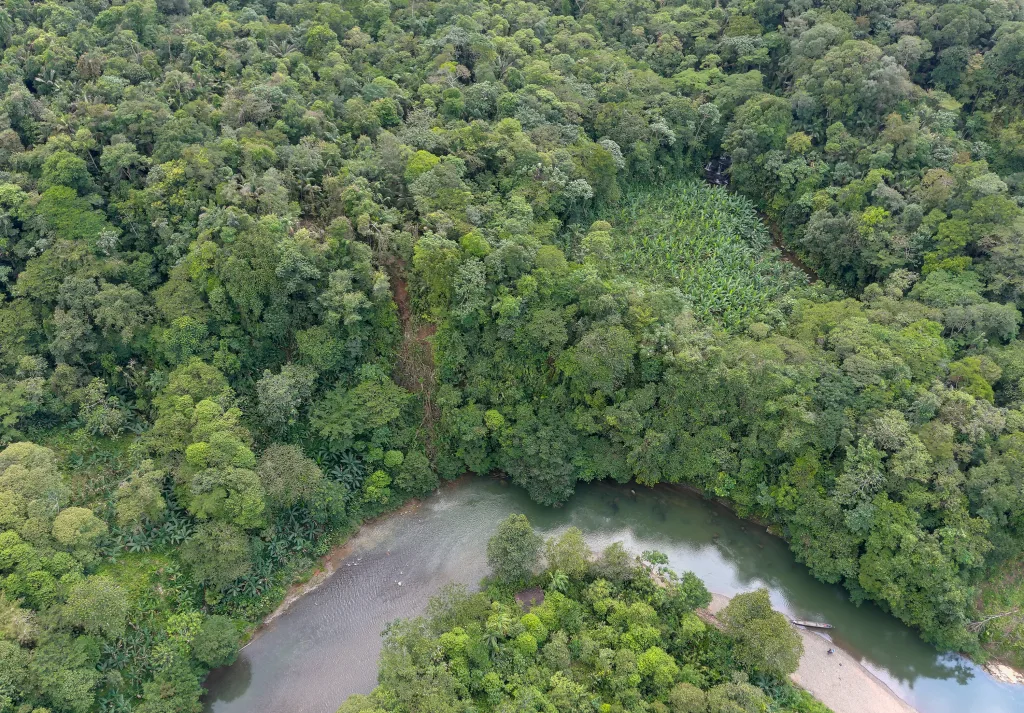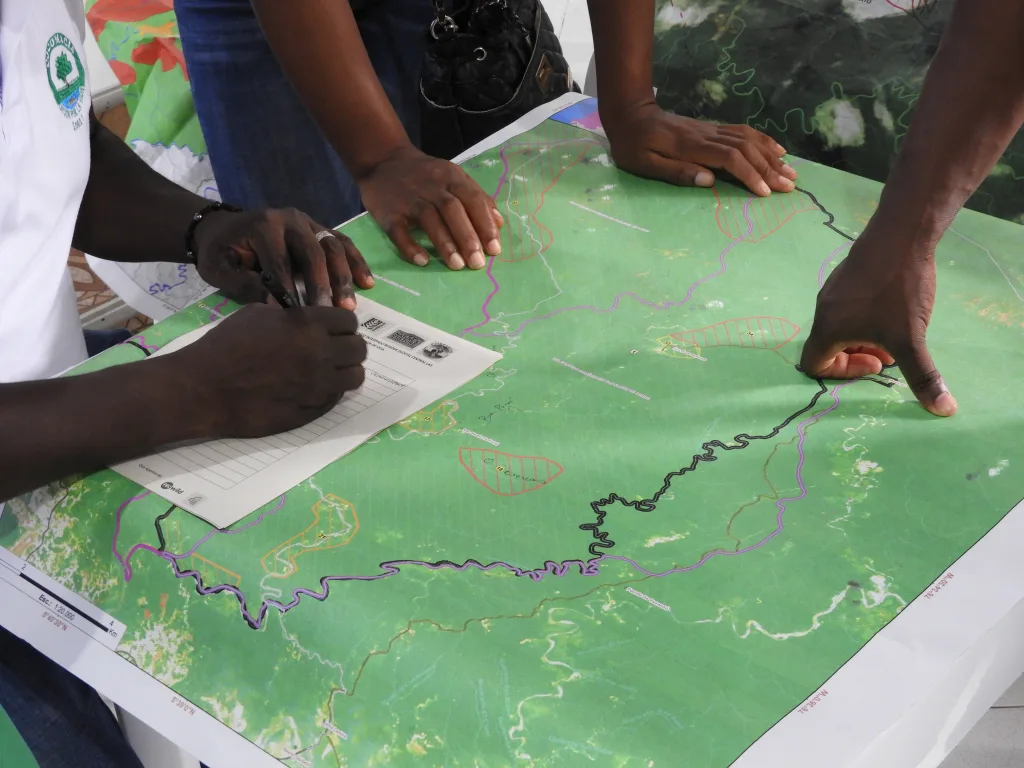New protected area in Chocó driven by Afro-Colombian communities
01/31/2024
Great news for conservation in Colombia! A new protected area, Las Siete Sabias-Esperanza de Vida, has been declared, spanning 75,115 acres of Colombian Chocó rainforest.
We are pleased to announce the creation of this area, which is considered an Integrated Management Regional District, a category of protected area that gives communities who live in the area the right to sustainable development activities.
This natural and cultural gem is collectively managed by the Afro-Colombian communities in the central rainforest of Colombia. This area is one of the rainiest regions in the Americas and the third rainiest globally. It is situated in the Chocó-Tumbes-Magdalena region known for its abundant biodiversity.
Natural Wonders of the Chocó Tropical Rainforest
In the Chocó region, the forests reach remarkable heights, with some reaching up to 125 feet. This, coupled with high humidity creates a unique forest with many layers that become diverse habitats for both animals and plants.

Image credits: COCOMACIA

Image credits: COCOMACIA

Image credits: COCOMACIA
Research carried out in the region has revealed a rich diversity of fauna and flora, including 90 plant species and 479 animal species (210 birds, 117 mammals, 44 amphibians, 75 reptiles, and 33 fish), though the actual numbers are likely higher. This area has also gained international recognition as a crucial site for bat conservation known as an Important Area for Bat Conservation (AICOM).

Within the area, notable rivers include Pacurita, Tutunendo, Guadalupe, and Cabí. The latter is of vital importance as it supplies local water systems, benefiting approximately 108 thousand people.

A community commitment to conservation
The name for this area, ‘Siete Sabias’, was selected by the local communities and pays homage to the seven Afro-Colombian community councils within the protected area that have played a vital role in the declaration process. The second half of the name, ‘Esperanza de Vida’ or lifespan in English, symbolizes the regional progress that this protected area has contributed to.
In 2019, the communities, through the Greater Community Council (COCOMACIA), started a dialog allowing for studies in the region. Initially, the declaration proposal included 12,000 acres, but the community’s interest in organizing the territory led to an expanded proposal of more than 74,000 acres.


“We are truly happy, not only because the area is important for the country’s biodiversity, hosting a variety of endemic species and other emblematic ones such as bats, but also because this declaration was achieved through the participation of various entities and community councils. Therefore, it represents a collective decision,” says Santiago Castillo, a researcher at the Humboldt Institute and implementing partner of NCI in Colombia.
DRMI: A protection category that allows sustainable use of natural resources
District of Integrated Management (DRMI) is a category granted to landscapes and ecosystems that maintain their natural composition and function. It is a regionally protected area that allows for the sustainable use of resources by local communities, contributing to the fight against deforestation, informal mining, soil and water pollution, as well as the management of human settlements in risk zones.

The declaration of the DRMI Central Rainforest Las Siete Sabias – Esperanza de Vida was possible thanks to the coordination of Codechocó as the environmental authority, the implementation of CORPARIEN and COCOMACIA, the technical support of the Humboldt Institute, and the financial support of Nature and Culture International, Andes Amazon Fund, and Re:wild.
More information:
Kristen Heard
Director of Communications


